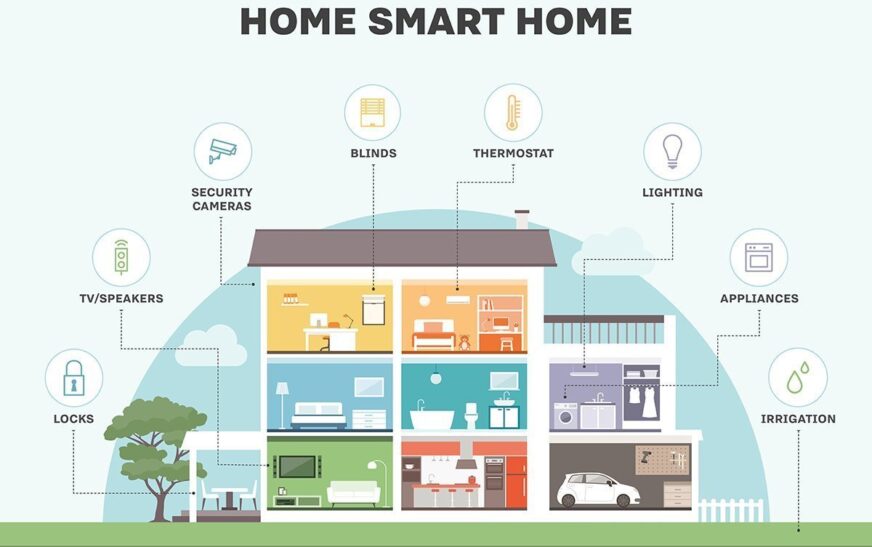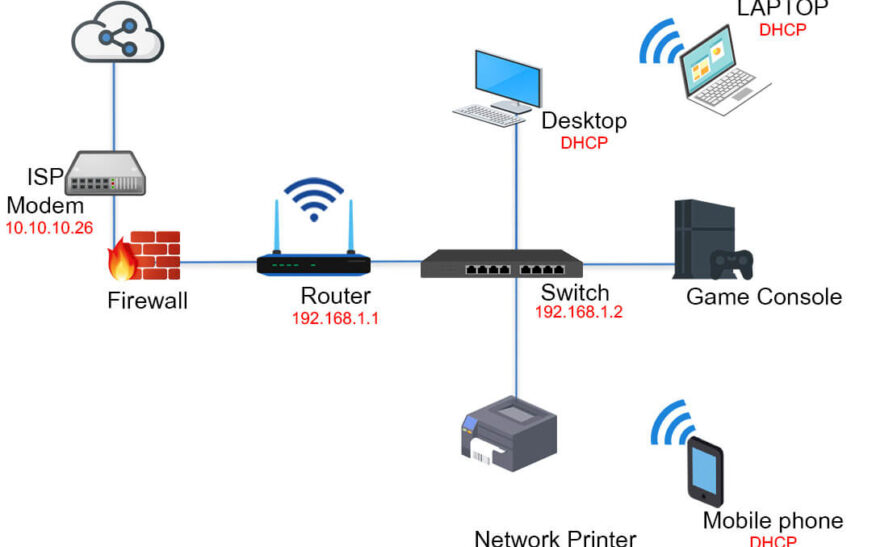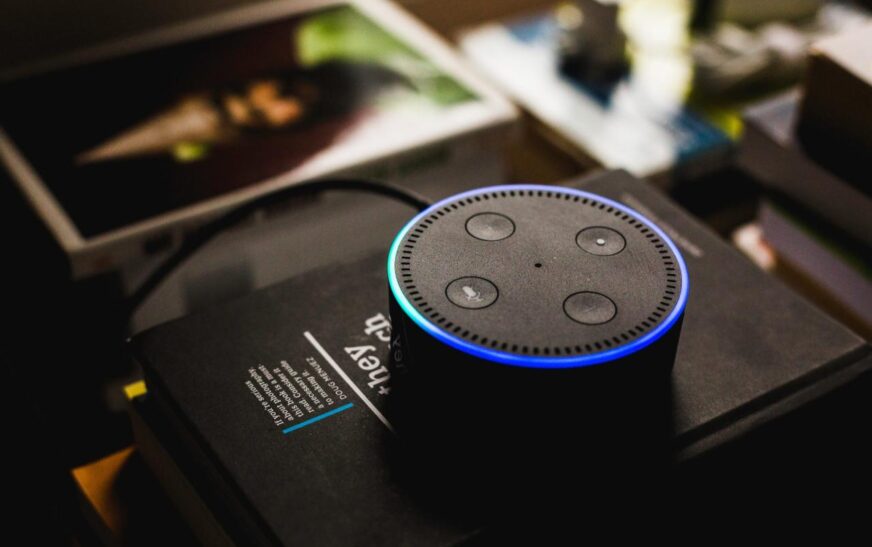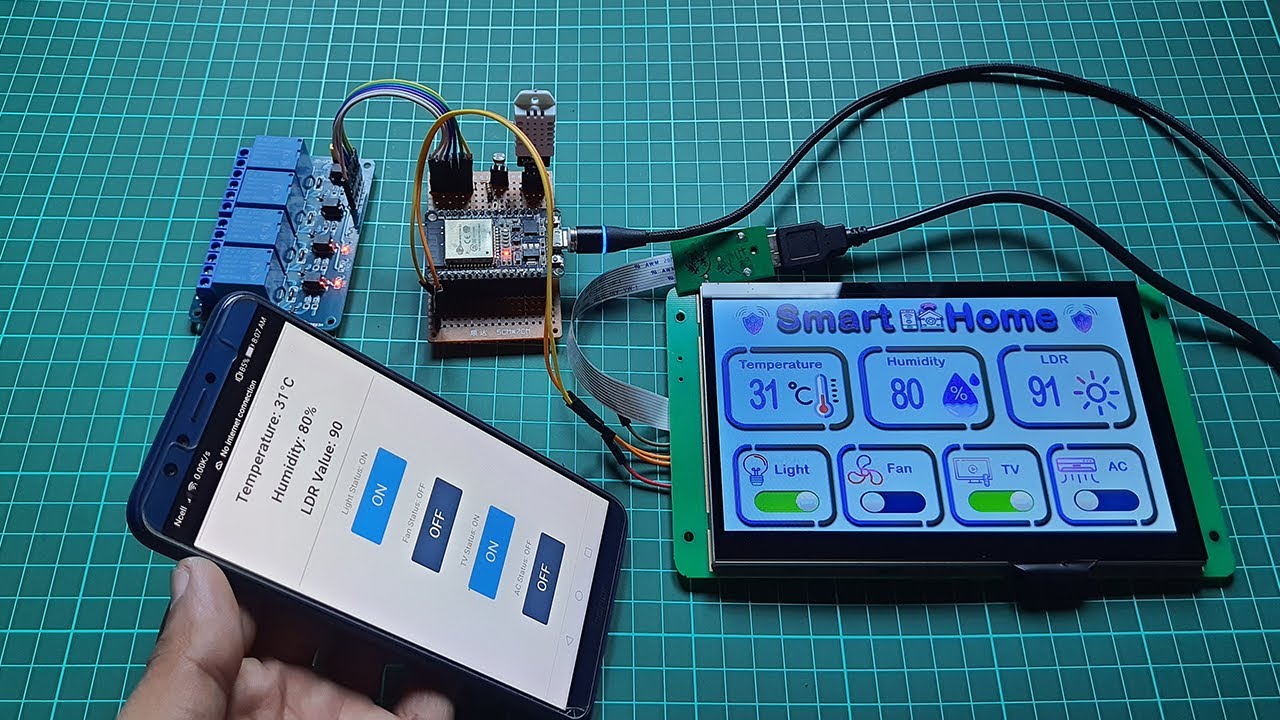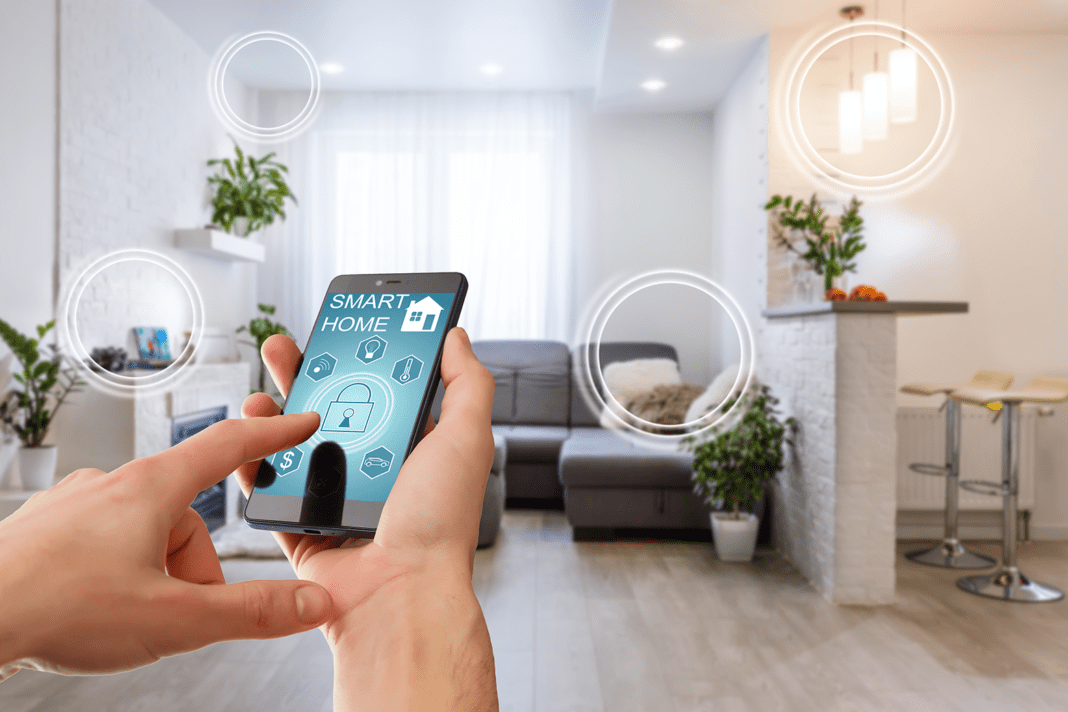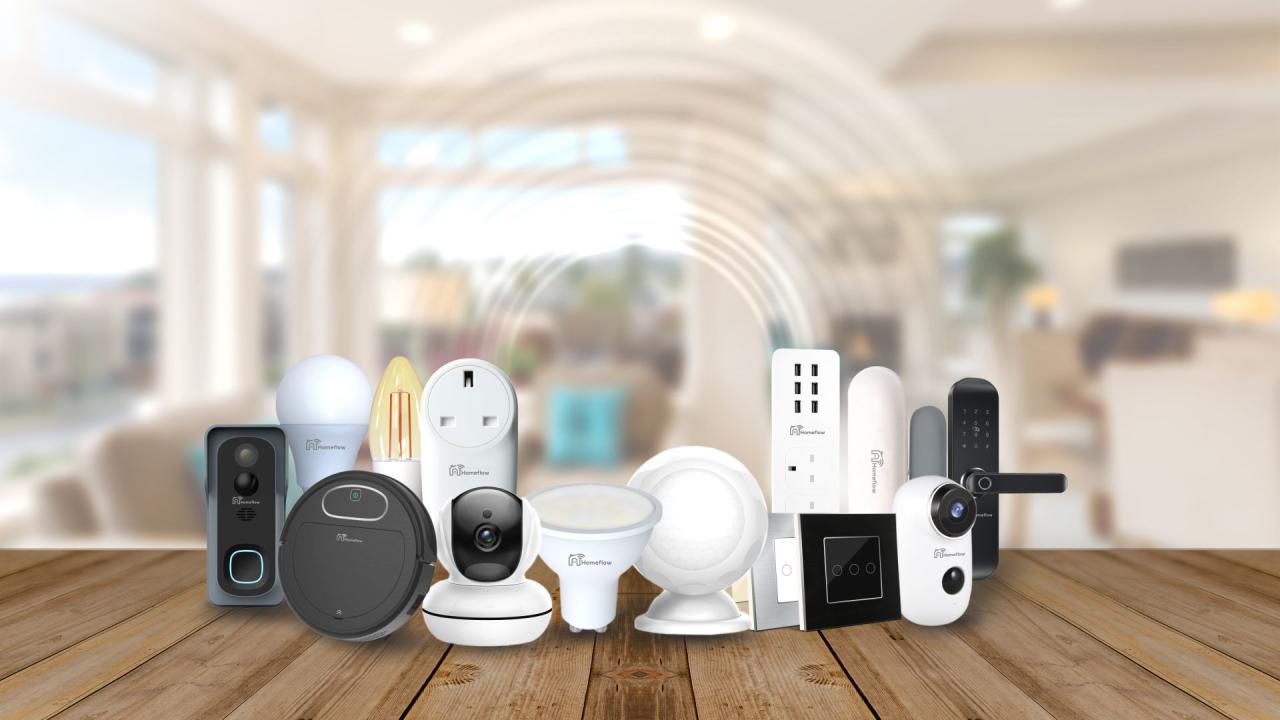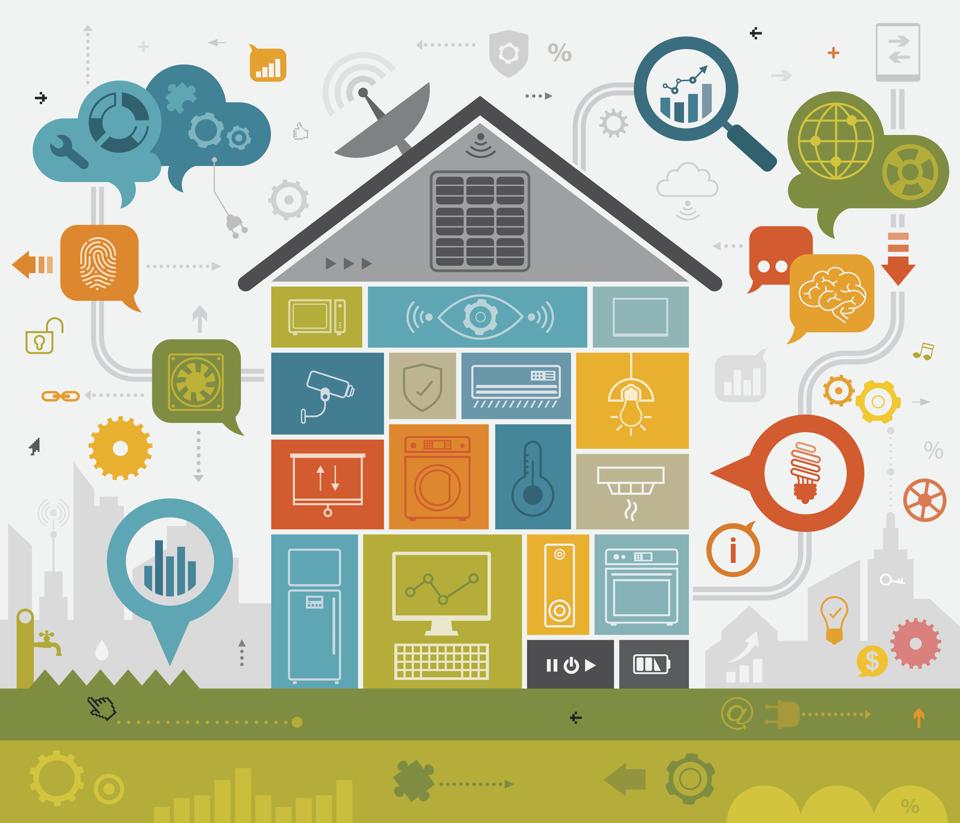The Benefits of Smart Home Sensors sets the stage for this enthralling narrative, offering readers a glimpse into a story that is rich in detail and brimming with originality from the outset. Exploring how these sensors revolutionize home security, energy efficiency, and convenience, this discussion promises to be both informative and inspiring.
Benefits of Smart Home Sensors
Smart home sensors offer a wide range of benefits that enhance the overall living experience. From improving home security to increasing energy efficiency, these innovative devices contribute to convenience and automation in our daily lives.
Enhanced Home Security
- Smart home sensors, such as motion detectors and door/window sensors, provide real-time alerts to homeowners in case of any suspicious activity.
- Integration with smart security systems allows for remote monitoring and control, giving homeowners peace of mind even when they are away from home.
- Video surveillance cameras with smart sensors enable homeowners to keep an eye on their property at all times, deterring potential intruders.
Improved Energy Efficiency
- Smart home sensors can regulate heating, cooling, and lighting systems based on occupancy and environmental conditions, leading to significant energy savings.
- Thermostats with smart sensors can learn household patterns and adjust temperature settings automatically, optimizing energy usage.
- Smart plugs and switches can turn off devices and appliances when not in use, preventing energy wastage and lowering utility bills.
Convenience and Automation
- Smart home sensors enable the automation of routine tasks, such as turning on/off lights, locking/unlocking doors, and adjusting blinds, making everyday life more convenient.
- Integration with voice assistants allows for hands-free control of smart devices, enhancing accessibility for all members of the household.
- Customizable settings and schedules provide personalized experiences, tailoring the smart home environment to individual preferences and needs.
Types of Smart Home Sensors
Smart home sensors come in various types, each serving a specific purpose to enhance the functionality and automation of a smart home. These sensors are designed to detect and monitor changes in the environment, providing valuable data to the smart home system for optimal control and efficiency.
Protect what matters most with the best smart home security systems of 2024. Stay connected and have peace of mind knowing your home is secure with advanced technology and real-time monitoring. Invest in your safety and well-being now!
Motion Sensors
Motion sensors are commonly used in smart home setups to detect movement in specific areas of the house. These sensors can trigger actions such as turning on lights, adjusting thermostats, or sending alerts to homeowners about potential intruders. By detecting motion, these sensors help improve security, energy efficiency, and convenience in a smart home.
Embrace the future with the benefits of smart thermostats for your home. Enjoy energy savings, personalized comfort, and remote control at your fingertips. Upgrade your home to a smarter, more efficient living space today!
Temperature, Humidity, and Light Sensors
Temperature sensors monitor changes in room temperature, allowing the smart home system to adjust heating or cooling settings accordingly for comfort and energy savings. Humidity sensors measure the moisture levels in the air, helping to prevent mold growth and maintain indoor air quality.
Light sensors detect the amount of light in a room, enabling automated control of lighting to optimize energy usage and create the desired ambiance.Overall, the combination of these different types of smart home sensors allows for a comprehensive monitoring and control system that enhances the overall living experience in a smart home environment.
Installation and Setup of Smart Home Sensors
When it comes to setting up smart home sensors, there are a few key steps to follow to ensure a smooth integration into your home. From selecting the right sensors to optimizing their placement, a successful setup can enhance the efficiency and convenience of your smart home system.
Experience seamless integration with the best smart home hubs for seamless integration. Connect all your smart devices effortlessly and create a unified smart home ecosystem. Simplify your life and make everyday tasks more convenient with smart technology!
Steps for Installing Smart Home Sensors
- Choose the right sensors based on your needs and the areas you want to monitor.
- Follow the manufacturer’s instructions for installation carefully to ensure proper functioning.
- Connect the sensors to your smart home hub or network using the designated protocols (e.g., Wi-Fi, Zigbee, Z-Wave).
- Test the sensors to make sure they are detecting and transmitting data accurately.
- Integrate the sensors with your smart home automation system for seamless control and monitoring.
Compatibility Requirements for Integrating Smart Home Sensors
- Check the compatibility of the sensors with your existing smart home devices and hub to avoid any connectivity issues.
- Ensure that the communication protocols of the sensors align with those supported by your smart home network.
- Update firmware and software as needed to maintain compatibility and optimize performance.
Tips for Optimizing Sensor Placement
- Place motion sensors in high-traffic areas for maximum coverage and efficiency.
- Install door/window sensors near entry points to enhance security and monitoring capabilities.
- Avoid placing sensors near sources of interference, such as electronic devices or appliances, to prevent signal disruption.
- Consider the range and angle of sensors when positioning them for optimal detection and responsiveness.
Maintenance and Troubleshooting of Smart Home Sensors
Regular maintenance and troubleshooting are essential to ensure that your smart home sensors function optimally and provide accurate data. By following some simple steps, you can prevent issues and quickly resolve any problems that may arise.
Regular Maintenance Tasks for Smart Home Sensors
Regular maintenance tasks help keep your smart home sensors in good working condition. Here are some tasks you can perform:
- Check and replace the batteries regularly to ensure continuous power supply.
- Keep the sensors clean from dust and debris to prevent interference with readings.
- Update the firmware of the sensors and the connected smart home hub to access new features and improvements.
- Inspect the sensor placement to ensure they are in the optimal position for accurate data collection.
Common Issues with Smart Home Sensors, The Benefits of Smart Home Sensors
Users may encounter the following common issues with smart home sensors:
- Intermittent connectivity problems leading to data inconsistency.
- False alarms triggered by sensor malfunctions or environmental factors.
- Battery drainage due to old or faulty batteries.
- Signal interference from other electronic devices affecting sensor performance.
Troubleshooting Connectivity Problems
If you experience connectivity issues with your smart home sensors, you can try the following troubleshooting steps:
- Check the Wi-Fi connection and ensure that it is stable and strong.
- Reset the sensors by power cycling or following the manufacturer’s reset instructions.
- Reposition the sensors closer to the smart home hub to improve signal strength.
- Update the firmware of the sensors and the smart home hub to resolve any compatibility issues.
As we conclude this insightful journey into the realm of smart home sensors, it becomes evident that these technological marvels are not just gadgets but essential tools for creating a safer, more energy-efficient, and convenient living environment. Embracing the future of smart homes means embracing a lifestyle that is not only connected but also harmonious with the needs of modern living.

